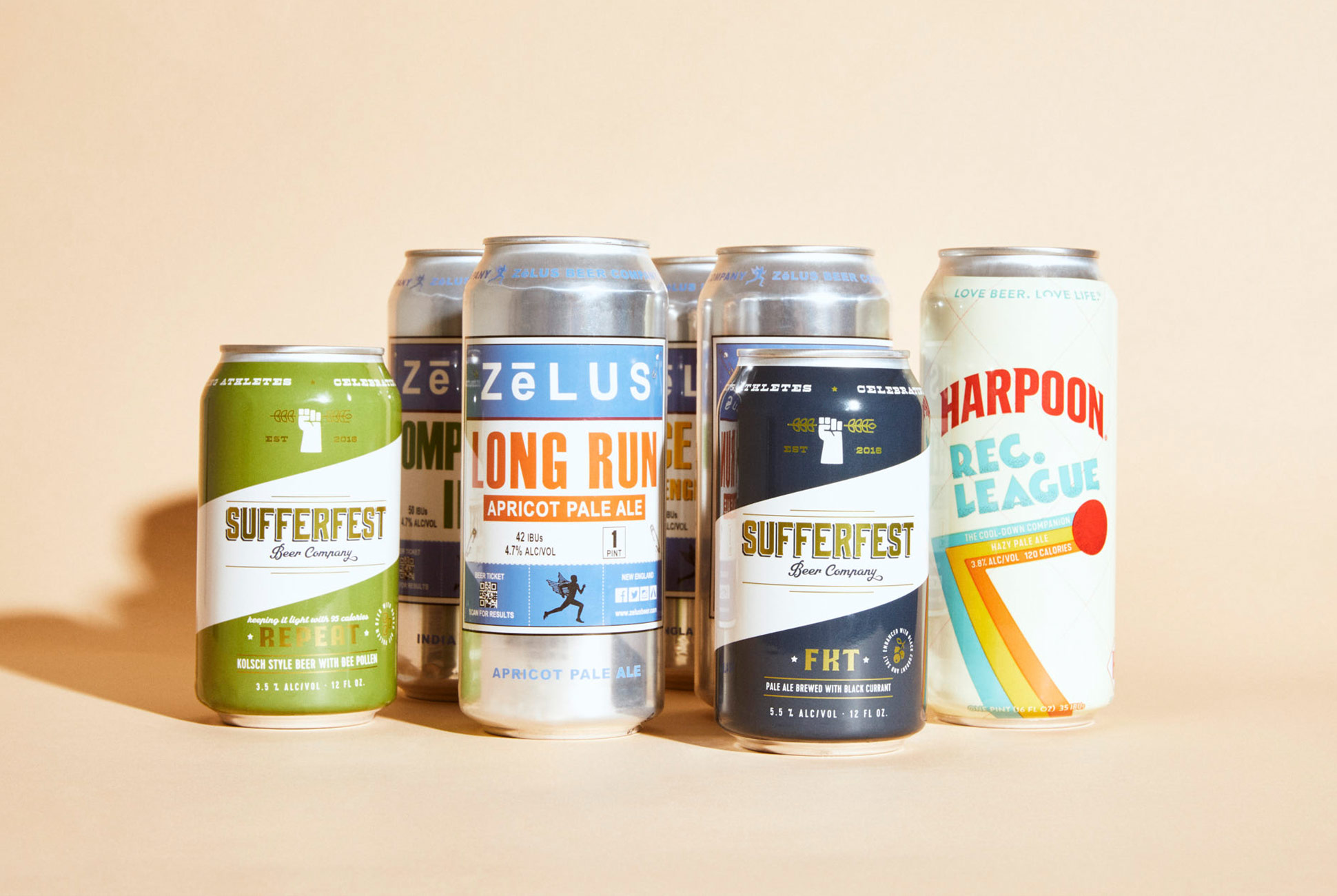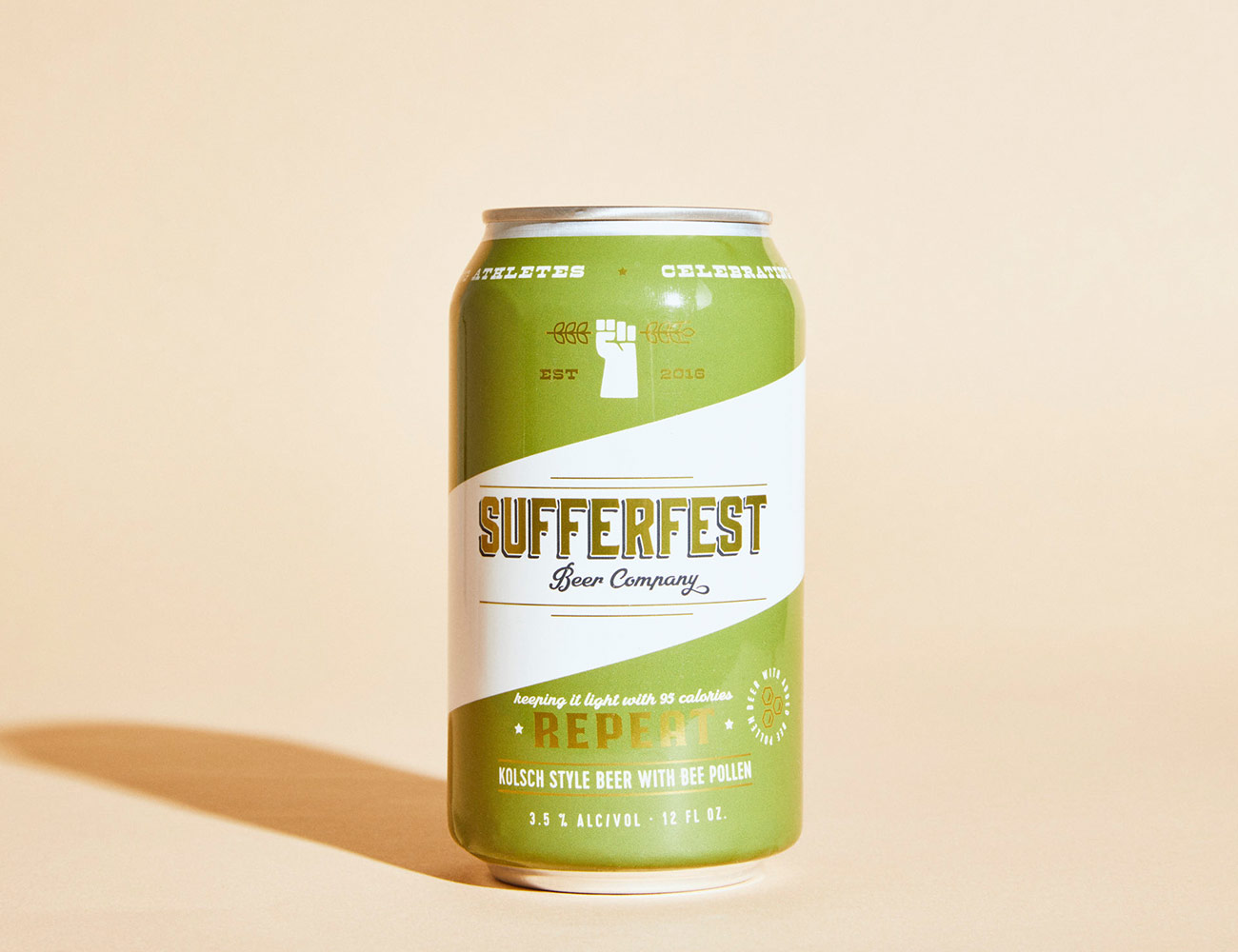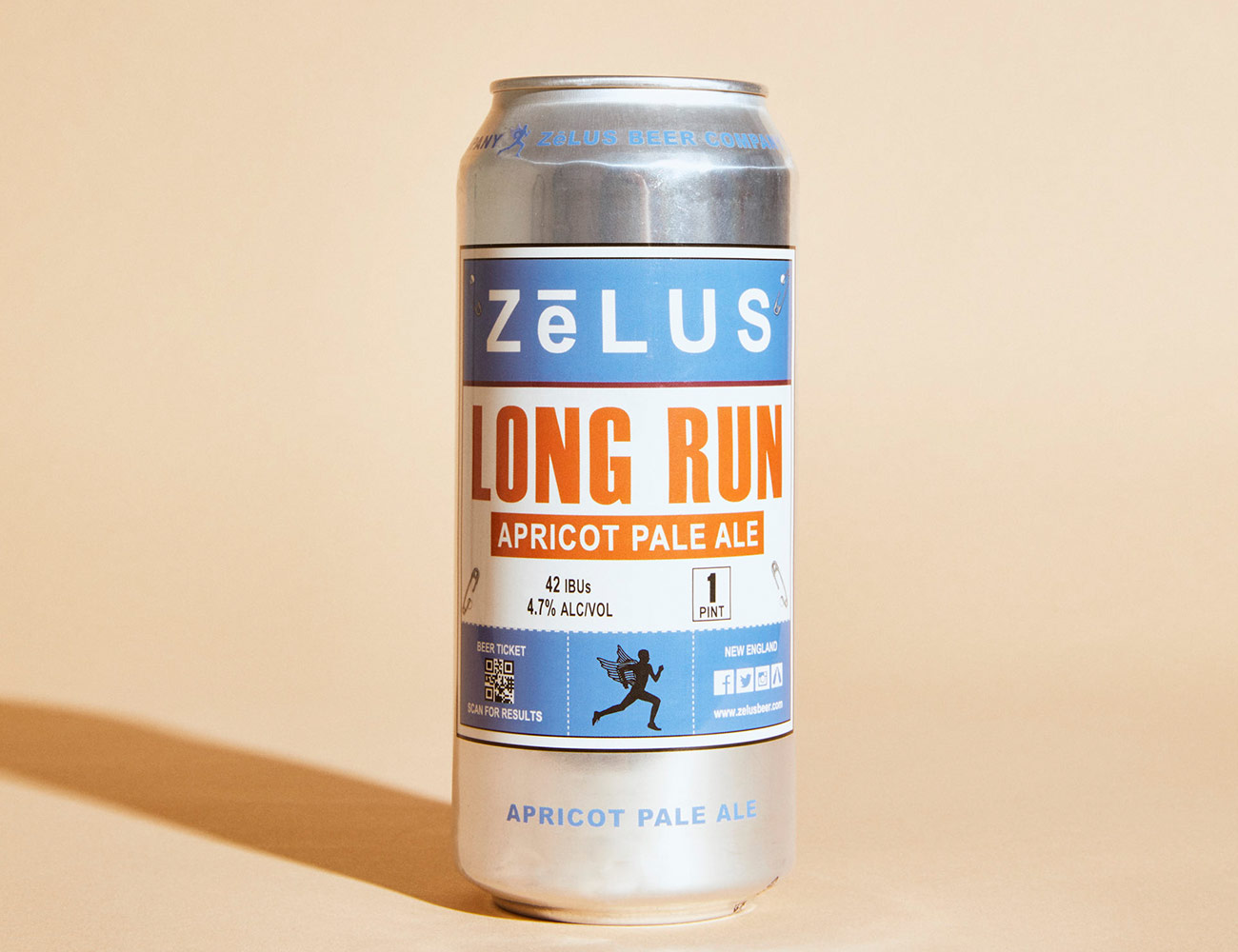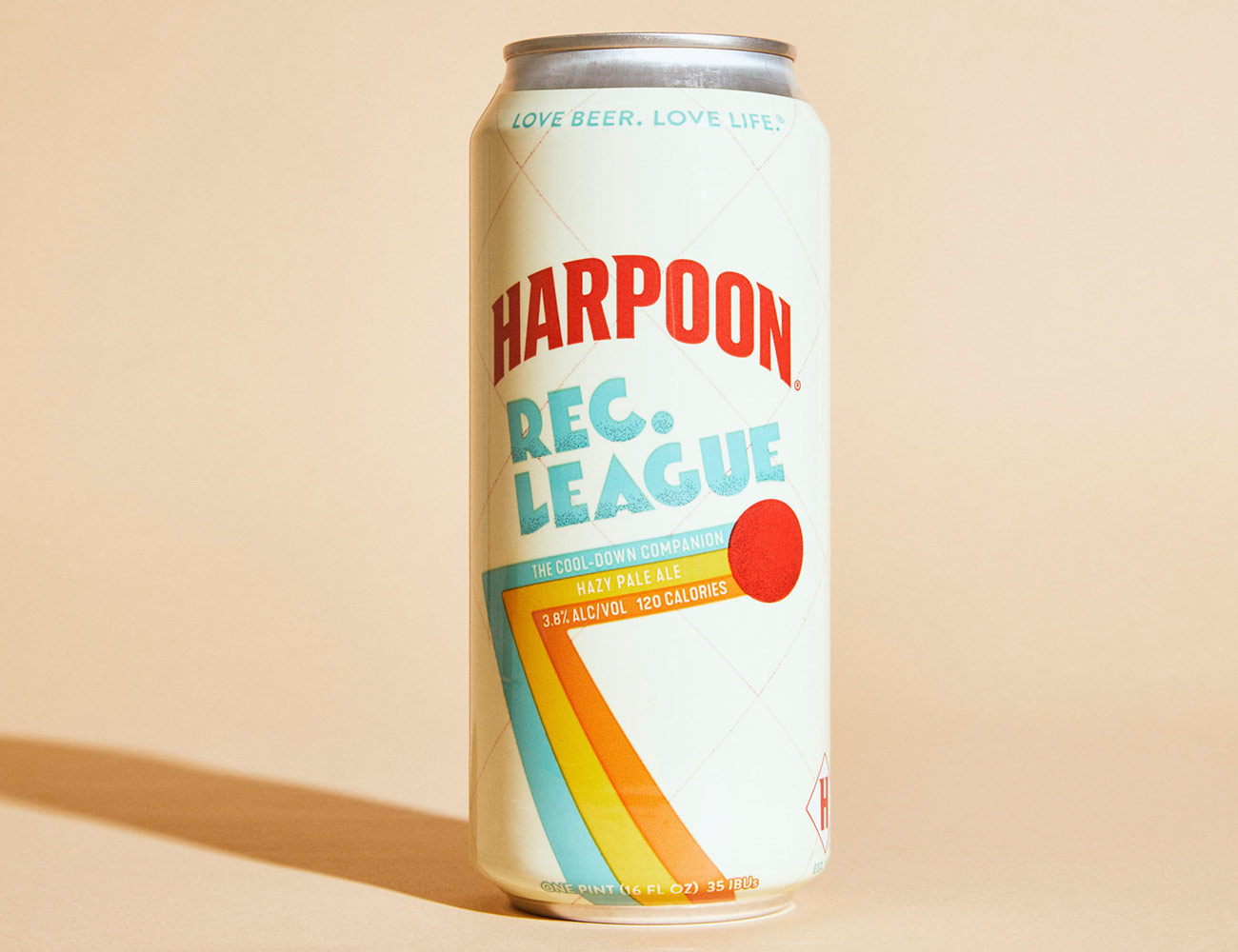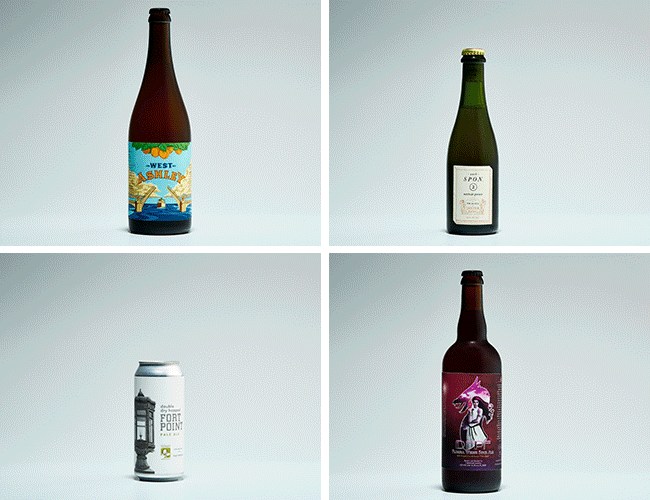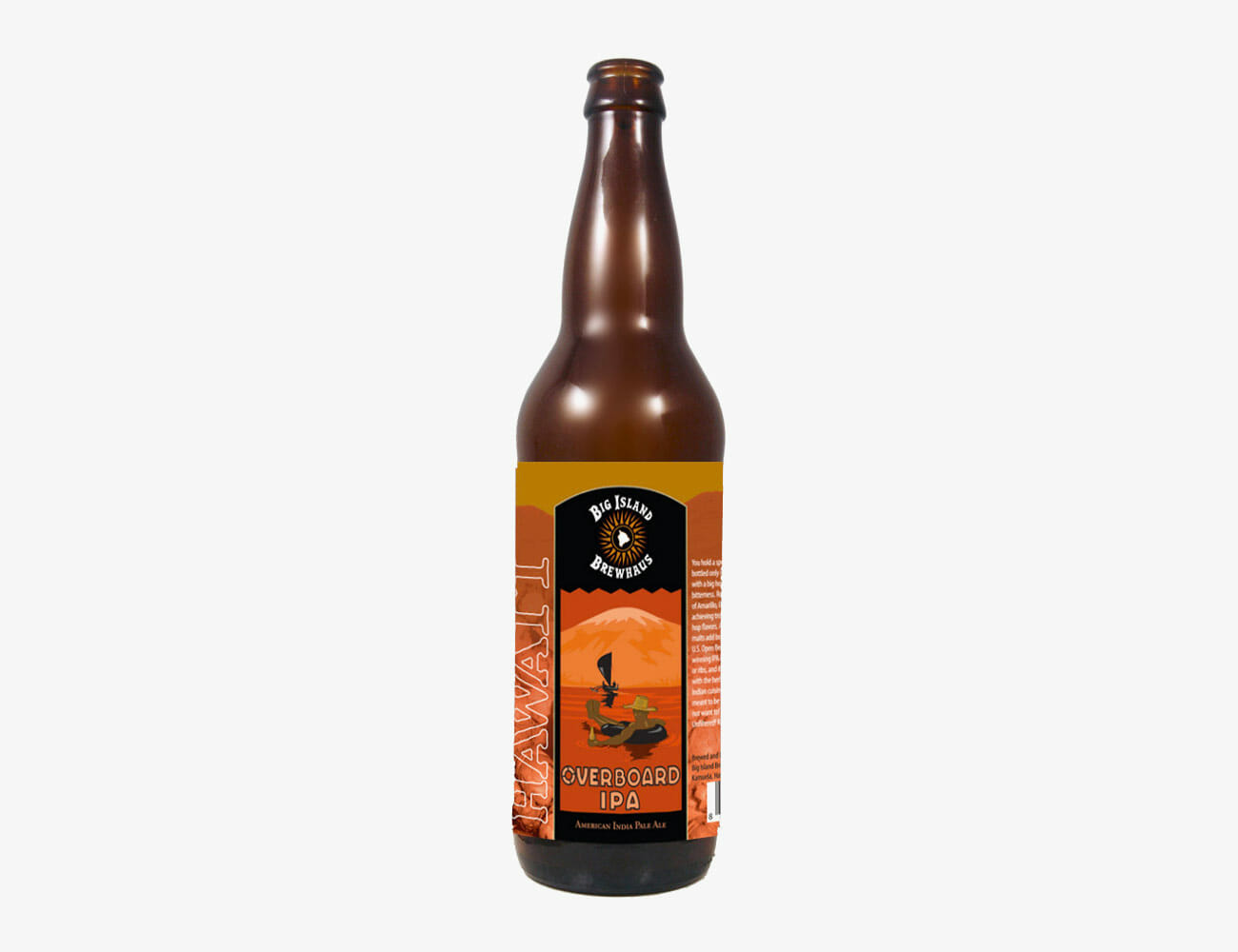While drinking beer and watching a sporting event is as ubiquitous and American as apple pie, the same can practically be said about enjoying the cool taste of a lager after hiking a 14er, going uber hard on a long run, or going on a full-day ride on your bike. Hike, bike, swim, run, rock climb — whatever your activity of choice, we can get behind enjoying a refreshment after a day of hard work.
Across the country, brewers are beginning to realize this. A handful of breweries are crafting beers that are (at least in theory) beneficial to you post-exercise. You already know that you need to hydrate after a day of activity, but you also need glycogen (how your body stores carbohydrates) and protein. On really hot days when your shirt is dusted in a white thin layer of salty sweat, it’s likely that you’ve lost a lot of sodium, and you’ll need to replenish. There are a variety of brands that are starting to experiment with beers brewed with these nutrient-rich ingredients to help you get those stores back, like Evil Twin Brewing, Harpoon Brewery, Zelus and Sufferfest.
While electrolyte beers are not officially recognized as a beer style according to the Brewers Association, it makes sense that smaller brewers are the ones creating these drinks. “Small brewers have long sponsored active events in their communities like weekly fun runs, bike rides and road races,” Jess Baker, editor in chief of CraftBeer.com, a website for beer lovers published by the Brewers Association, says. “People with active lifestyles no doubt love reaching for a beer after a good sweat, like after those weekend long runs, bike rides and softball games.” Most of the beers crafted with electrolytes or made to imbibe after a sporting activity are relatively new. Baker cites Dogfish Head’s SeaQuench, Mispillion River’s War Goose and Sufferfest’s FKT as examples of the trend emerging in the last two years. While popularity is certainly gaining, it’s not something that an overwhelming amount of breweries are offering. “It’s safe to say [that electrolyte beers] haven’t yet come close to the popularity of something like the juicy or hazy IPA, which could merit creating a new style,” Baker says. It will be interesting to see what happens in the next two years.
PSA: Don’t take this as an excuse to imbibe and claim health. Studies show that beers with greater than four-percent alcohol can delay recovery, so if you’re really looking to improve your fitness and compete at the highest level, drinking alcohol isn’t the best decision. And when we reached out to sports nutritionists and dieticians to ask for their thoughts, we only heard of negative outcomes. “I have nothing on the benefits of beer post-exercise…only diminishing returns,” Susan M. Kleiner, PhD, RD, FACN, CNS, FISSN and author of The New Power Eating, says. “Alcohol has always been known for its negative affects towards exercise due to a number of factors — lack of nutrients — the body recognizes it as a toxin. Adding electrolytes to alcohol is very interesting as this would naturally help facilitate recovery particularly in endurance events,” Dan Churchill, chef of Under Armour and co-founder of Charley St. in New York City, says. “I have not seen any supportive evidence when you put the two together. In theory, whenever the body has a toxin in its system, it is the priority to rid that toxin before focusing on any other task,” Churchill says. But if you’re just looking to have fun, kick back and enjoy a beer post-run, why not do it with a beer that if nothing else, gives you the illusion of being healthy?
To explore the trend further, we decided to gather up a few of these electrolyte beers and try them for ourselves, and evaluated how they would taste outdoors after a long run, bike or hike.
Sufferfest FKT and Repeat
Sufferfest has found a niche as the beer people reach for even when they’re gluten intolerant. This year, Sufferfest launched its Beer with Benefits program. FKT and Repeat (two styles from the series) are each brewed with nutrients and electrolytes. The beers naturally contain potassium, sodium, iron and fiber, which is why you likely crave a beer after a workout. It’s why a Gatorade tastes so much better after you’ve worked out really hard. Your body is craving salt and carbs. The Repeat Kolsch is brewed with bee pollen (and has an ABV of 3.5 percent), which you can taste at the very end of each sip — it’s a subtle sweetness, which some testers described as spiciness. Bee pollen is filled with antioxidants and is anti-inflammatory.
The FKT (or fastest known time) is a pale ale brewed with black currant. At first pour, you can see the bright color is tinted and a softer orange than the other beers we tested. It’s 5.5 percent ABV and is brewed with salt to help restore your magnesium and potassium stores, as well as black currant which pumps vitamin C into your system. Our team found the Repeat went down much smoother, like a beer we could easily drink all day long during a long corn hole tournament, or after hill repeats.
Zelus Beer
The brand has five different beers (we tested four of them): Lyte Speed, Race Pace, Light into Dark, Long Run and Competitor IPA. The goal behind the beer was to create something with the same great taste of regular beer, but with lower alcohol levels that no one would notice. All are five percent or lower ABV, and the opposite of what most craft brewers are doing right now (lots of double IPAs and high ABV levels out there). Everything is sold in a 16-ounce can that’s hydro-friendly as founder Geoff Pedder shared with us. He worked with Jon Goldstein, PhD., to create the same mouthfeel and taste of beer, but with less alcohol. Our team really enjoyed the Lyte Speed and Race Pace — each had a very citrus-like smell and was smooth going down. It’s ideal to drink after any race.
Harpoon Brewery Rec League
This one wins best can design for sure. It was created for your active friends who secretly harbor a desire to wear their roller skates around a disco ball every single weekend. It’s brewed with nutrients like buckwheat kasha and ground chia seeds, and is a limited release from Harpoon.
It’s got 3.8 percent ABV and is best declared a hazy pale ale. It’s just 120 calories. Our team found it smelled very citrus-y, and light in the body going down. The electrolytes come from sea salt and potassium — both of which are added later in the brewing process so that they last through the brew.
Craft beer has never been more political, exciting or delicious — meet the breweries responsible. Read the Story

